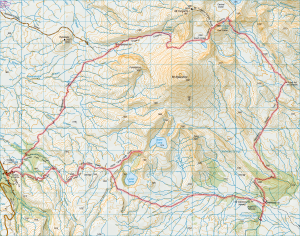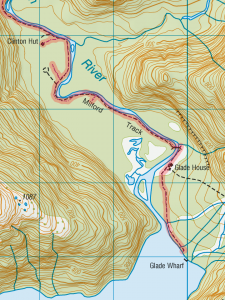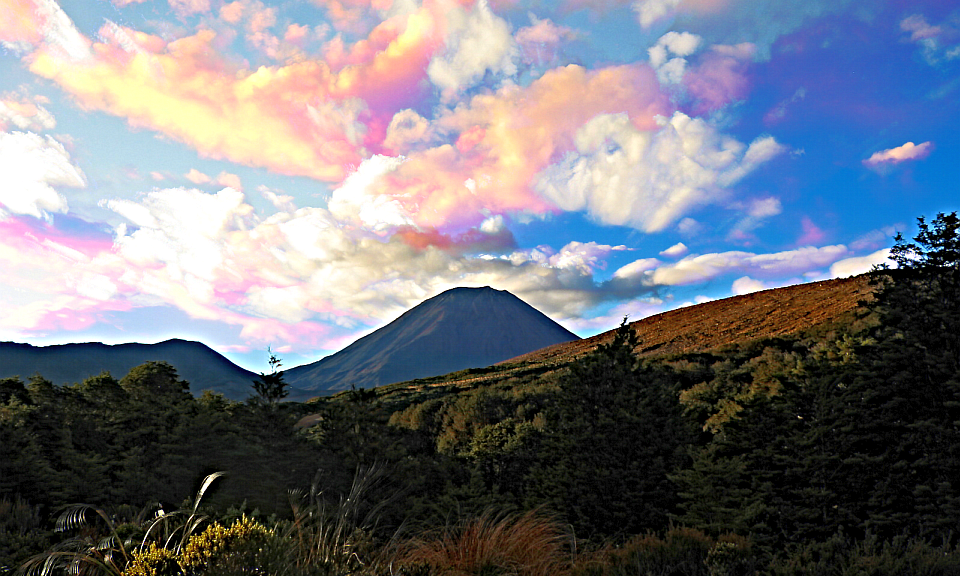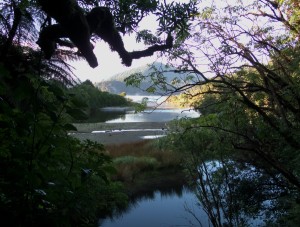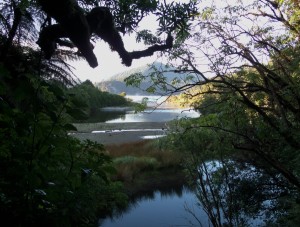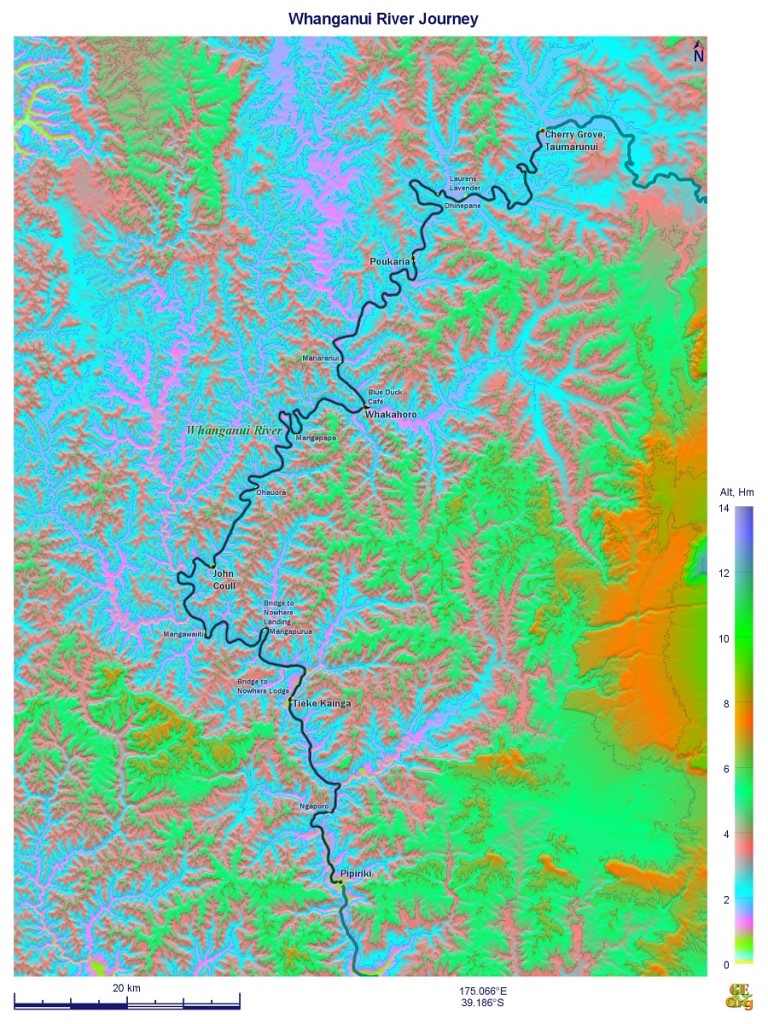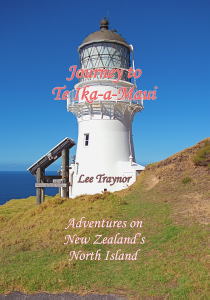
Update May 2023
About time to make some money off this, so please go to a book store (in real or online) to order the book: Buy Now (EPUB) or Buy Now (AZW3) as an e-book for €9.00 or on paper for €36.99. Thanks.
Update May 2018
The book is there again! After much gnashing of teeth etc I decided to go with epubli in the final analysis, because their binding was much better. All the spelling mistakes have been corrected, and all the images were “recast”, i.e. using a new technique which I am calling gtx. This attempts to automatically adjust the gamma to a midpoint of around 0.5 on one clone of the image, does the contrast/saturation intensifier and advanced tone mapping on another, then it is left up to me to mix the two images and adjust the gamma again to around 0.5. Most pictures are now much brighter on the computer screen than is comfortable, but seeing them printed in trial runs leads me to believe that a gamma midpoint of 0.55 wouldn’t have hurt either. Anyway the result is viewable. The book is also available from Hugendubel, or Thalia. Several new pictures, several pictures printed in a larger size, and a few extra pages, all for €36.99. Read more…

